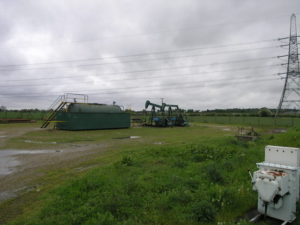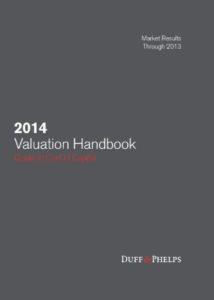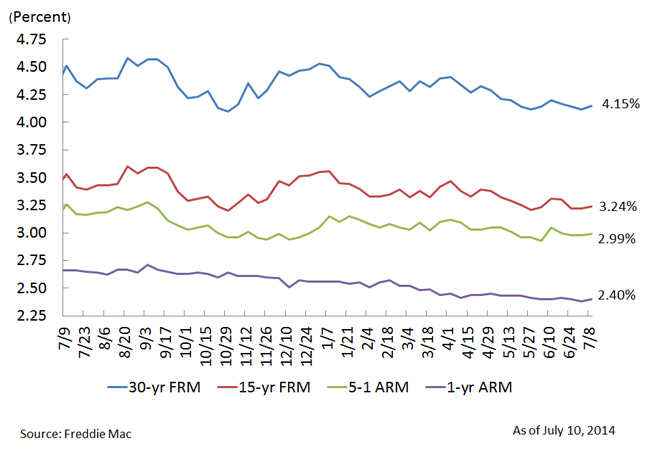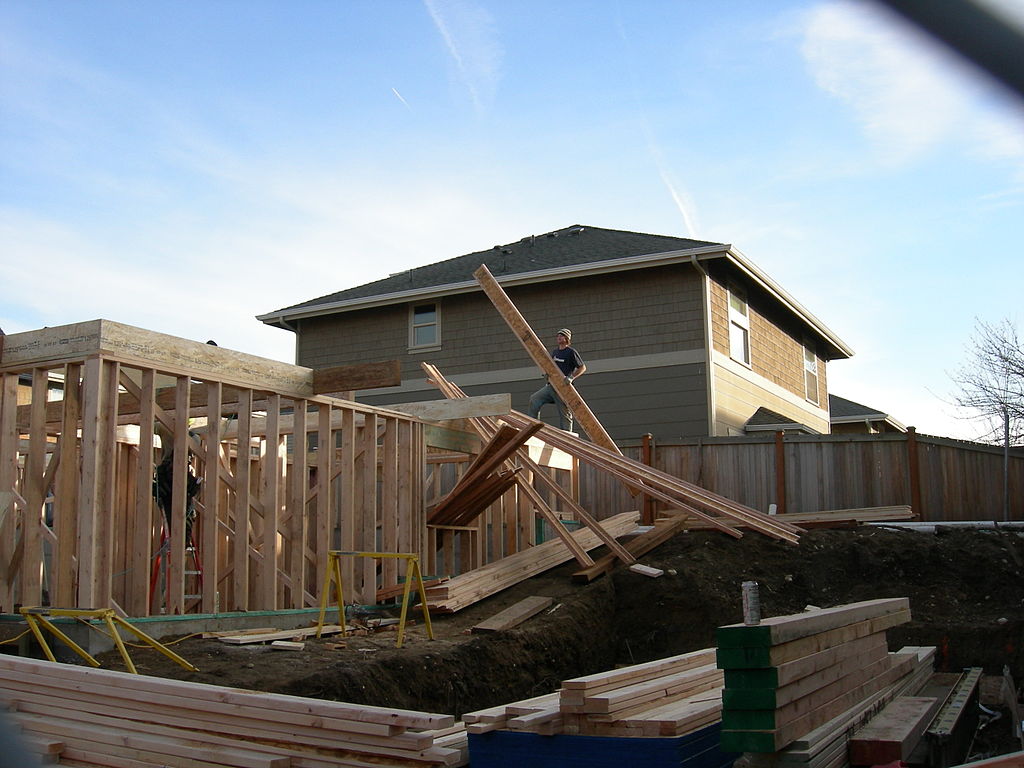Last week I attended the 2015 International Valuation Forum in Atlanta, Georgia. It was jointly sponsored by the International Association of Consultants, Valuators, and Analysts (IACVA); Business Valuation Resources (BVR); and Duff & Phelps. I gave an hour-long presentation on May 8 on valuation issues related to the oil, gas, and mining sectors.
In the morning session that day, accounting professional Bill Hanlin, of the Hanlin Moss Group in Seattle, spoke about the need for business valuation professionals to earn the public trust. This can be done by increasing transparency in one’s written reports and offering exact citations to external sources of quantitative data. These data sources may include international cost of capital, import/export dollars in a particular sector, etc.
Then, Jim Harrington of Duff & Phelps spoke about the company’s publications, including the Duff & Phelps 2014 Valuation Handbook – Guide to Cost of Capital. These books have evolved over time and use data to compute both industry-level and country-level risk premia that valuation professionals can use in their valuation models (e.g., the discounted cash flow model in the income approach to valuation).
Then, just before lunch, I spoke on valuation issues related to oil, gas, and mining, specifically unconventional shale development. Clearly, given the audience, I was the most unusual speaker at the event. I had several audience members ask about how my lecture relates to business valuation—and the overlap is clearly in the application of the income approach to valuation. When valuing a commercial building or a business, often the income approach is used by starting with rent data and expenses to estimate net operating income (NOI). Then, using a capitalization (cap) rate consistent with the returns expectations of investors in these particular kinds of commercial buildings or businesses, one can compute the value of the property by dividing the cap rate into the NOI. This is a standard formula used by business valuation analysts and appraisers.

“Nodding Donkeys,” oil production infrastructure in Nottinghamshire, Great Britain, courtesy of Michael Patterson, CC BY-SA 2.0.
The part of my talk that generated the most “buzz” (yes, pun intended) was my discussion of unconventional shale development issues in the UK (Scotland in particular). I mentioned the recent meeting of CAMRA, a UK-based association of beer aficionados, where the association almost passed a resolution opposing fracking in the UK because of their concerns about the quality of the water used to make beer. I blogged about this recently. This was my attempt to liven up the discussion a bit… and it seemed to work.
I enjoyed attending and being a part of this unique conference. I look forward to seeing what IACVA does in the future. If you want to learn more about the work done by IACVA, please visit its website at https://www.iacva.org/. Also, information on the most recent Duff & Phelps Valuation Handbooks can be found at https://www.duffandphelps.com/expertise/Pages/ValuationHandbook_Guide.aspx.







great article!